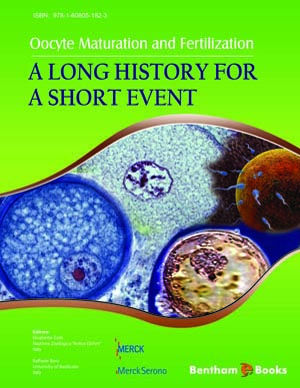Abstract
In nature there is always a fierce competition for resources. This is particularly relevant during the process of ageing, where there is canalisation of repair resources; these tend to flow from the somatic tissue towards the germ line, in order to assure the survival of the species. In the early periods of phylogenetic development there was a time when repair of germ line cells became more efficient compared to the repair of somatic cells. The level of somatic repair became just sufficient to ensure that the organism reached sexual maturity. We are now looking for evidence that this could be changing, that we may be witnessing a phase transition from effective germ line repair to an effective somatic repair. Here, I consider mechanisms of fidelitypreservation which may be present in the germ line, and examine the possibility that these may be made to operate upon somatic cells instead. Mechanisms which safeguard the reliability of germ line repair and ensure robustness/resilience in the germ line may also (or instead) be applicable upon somatic material (cells, molecules, and other factors) and safeguard a continually-effective repair of this somatic material. Relentless hormetic challenges from the environment guarantee that the flow of information remains operational and it persistently fuels the ability to repair the soma. Apart from germ line cells, some unicellular organisms such as certain bacteria maintain their ability for ongoing repairs (at least for some considerable time, albeit not indefinitely), a fact that indicates that, in principle, senescence is not unavoidable. Thus the ability to repair and maintain somatic organic material within biological systems is not entirely lost.
Keywords: Apoptosis, Environment, Germ line, Germ line to soma cross-talk, Indispensable soma hypothesis, Immortalisation, MicroRNAs, Somatic repairs, Trade-offs, Transposons.












